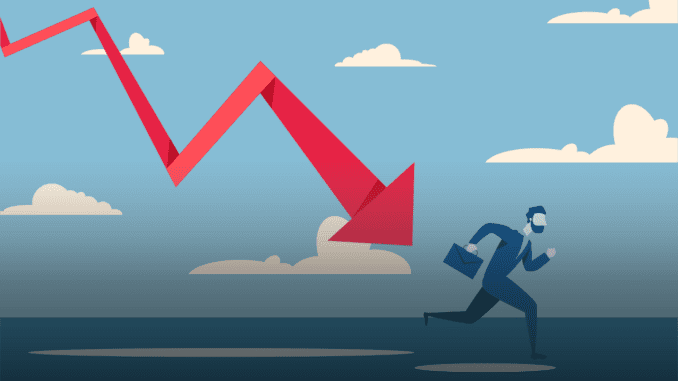
U.S. Economy Faces Headwinds as Tariffs and Rates Bite
By Oshadhi Gimesha, Lead Journalist | Editor-in-Chief Approved
A Chilly Forecast for 2025
The CNBC Fed Survey, released today, March 18, 2025, warns of slower U.S. economic growth ahead, with the risk of a recession climbing. Top economists, money managers, and strategists see growth dipping to 1.8% this year, down from 2.2% projected last month, as Trump’s tariffs and Fed rate moves weigh on the outlook. For Americans already stretched by rising costs, it’s a red flag—stability’s slipping, and uncertainty’s growing.
Key Points
- CNBC Fed Survey cuts U.S. growth to 1.8% in 2025, upping recession odds.
- Trump’s tariffs and Fed rate cuts fuel worries about inflation and jobs.
- Families and businesses brace for tighter budgets and slower hiring.
A Pinch for Your Paycheck
This survey’s a wake-up call. With growth now at 1.8%, down from the OECD’s 2.2% forecast yesterday, the U.S. economy is losing steam. “We’re feeling it—hours are down, prices are up,” says Maria Gomez, a factory worker in Ohio. Food inflation hit 5.3% in February, and gas prices rose 12% since January, squeezing wallets hard. The survey flags a 35% chance of a recession by year-end, up from 25% last quarter, driven by Trump’s tariffs—25% on Canada, 20% on China, and a 200% threat on EU goods—and the Fed’s expected rate cuts.
In Canada, hit by U.S. tariffs, the chill’s familiar—growth’s cut nearly in half. Germans or Brits, watching their own trade ties, see echoes of U.S. struggles. For Aussies or French families, it’s a global drag: higher costs, fewer exports, and stalled wages. The survey’s 45% recession risk by 2026 adds urgency—uncertainty’s spreading.
What’s Behind the Slowdown?
Trump’s trade moves are a big driver. The survey warns that the 25% tariffs on Canadian steel and aluminium, 20% on Chinese goods, and looming 200% on EU alcohol risk stoking inflation and curbing trade. “Tariffs are hitting our supply chain,” says Chicago retailer Tom Patel. “Costs are up, sales are down.” The U.S. trade gap widened to $131.4 billion in January, up 34%, as imports slowed.
The Fed’s role adds pressure. With inflation cooling—wholesale prices flat in February—experts expect a rate cut in June, but it might not save growth. “Lower rates could help, but tariffs might choke it,” says economist Jane Liu. In the UK or Netherlands, where central banks face similar tightropes, this U.S. shift feels like a cautionary tale. Australia and Canada, trade-sensitive, brace for U.S. policy ripples.
Hope or Hype?
The survey’s not doom-saying. If tariffs ease and rates drop, growth could stabilize—jobs might hold, and prices ease. Yet the 35% recession risk looms large. “I’m worried about layoffs,” Maria adds. “My husband’s hours are already cut.” Surveys show 55% of Americans expect worse times ahead, up from February.
Big banks might shrug—less regulation under Trump helps lending—but small businesses like Tom’s struggle. “Higher costs mean fewer hires,” he says. In France, where growth’s also slowing, this U.S. warning resonates. The UK and Germany, facing their deficits, see parallels—trade wars and rates could tip the scale.
What’s Next for Your Wallet?
If tariffs soften and the Fed cuts rates, growth might nudge up—U.S. jobs could stabilize and costs ease. But if Trump pushes harder in April, as hinted, prices might spike, hiring could stall, and recession odds climb. For U.S. households, it’s a tense wait: will wages hold, or slip? Canada, Germany, and others watch too—global ties mean shared risk. News Zier will track this as the stakes evolve.
All facts are independently verified, and our reporting is driven by accuracy, transparency, and integrity. Any opinions expressed belong solely to the author. Learn more about our commitment to responsible journalism in our Editorial Policy.




